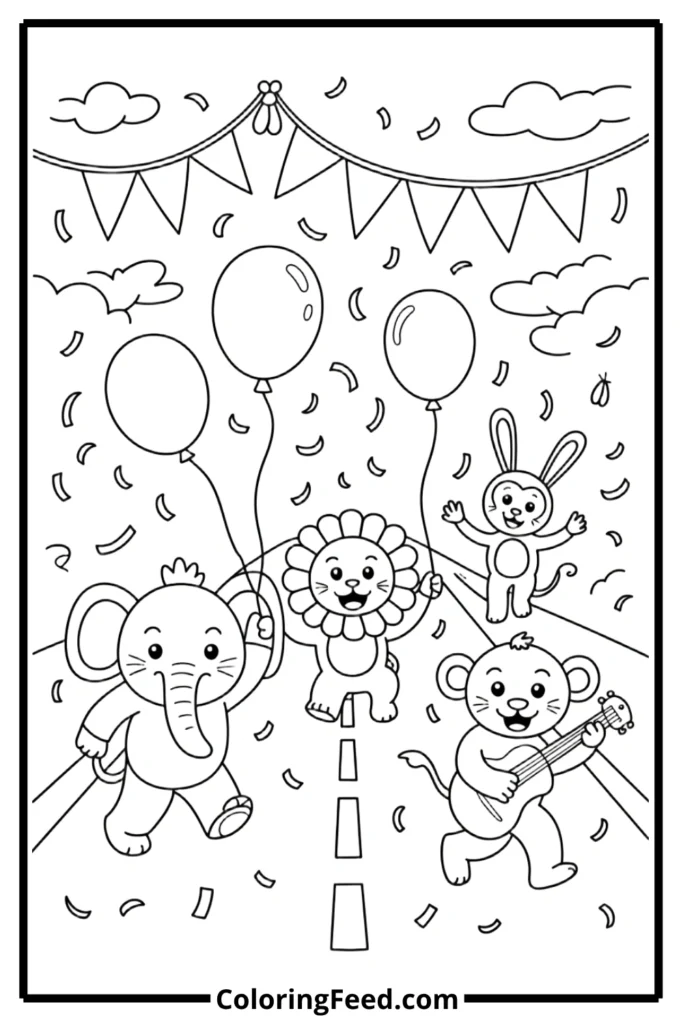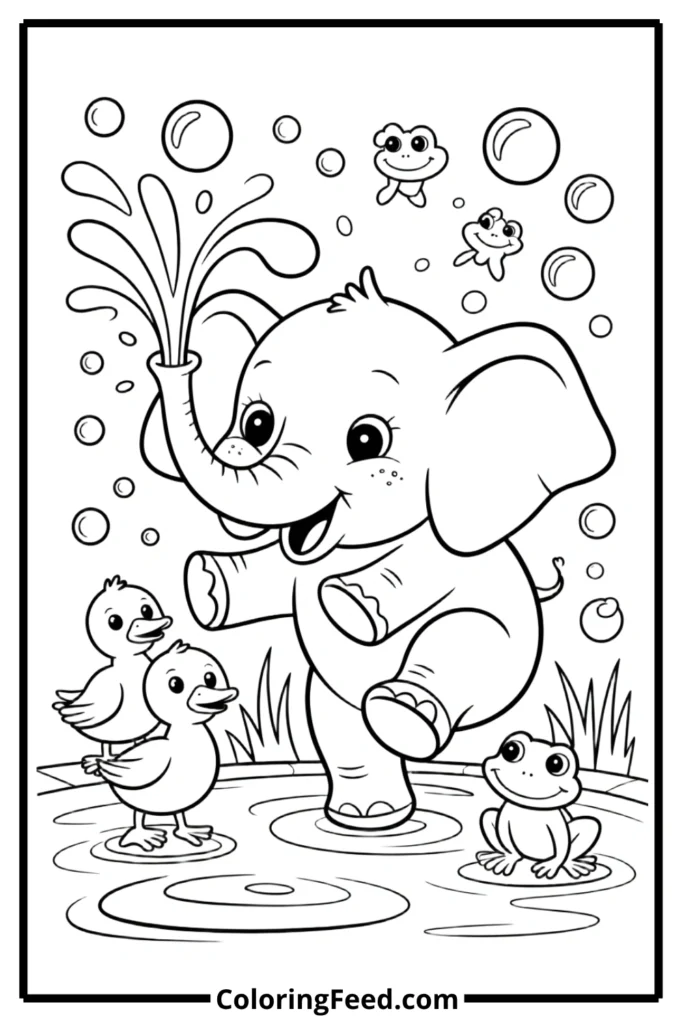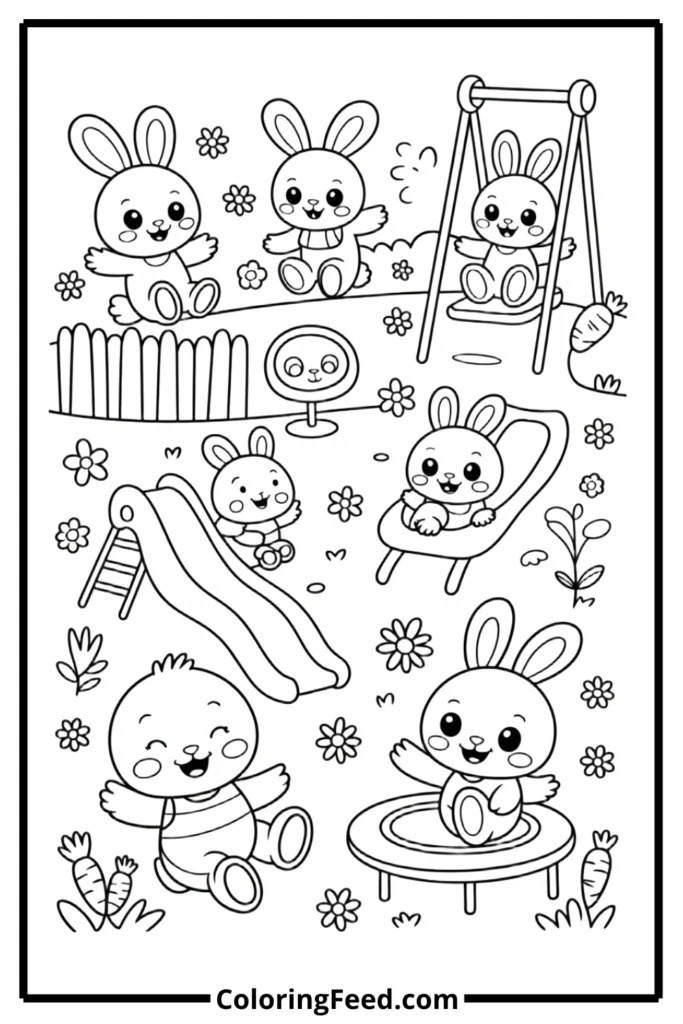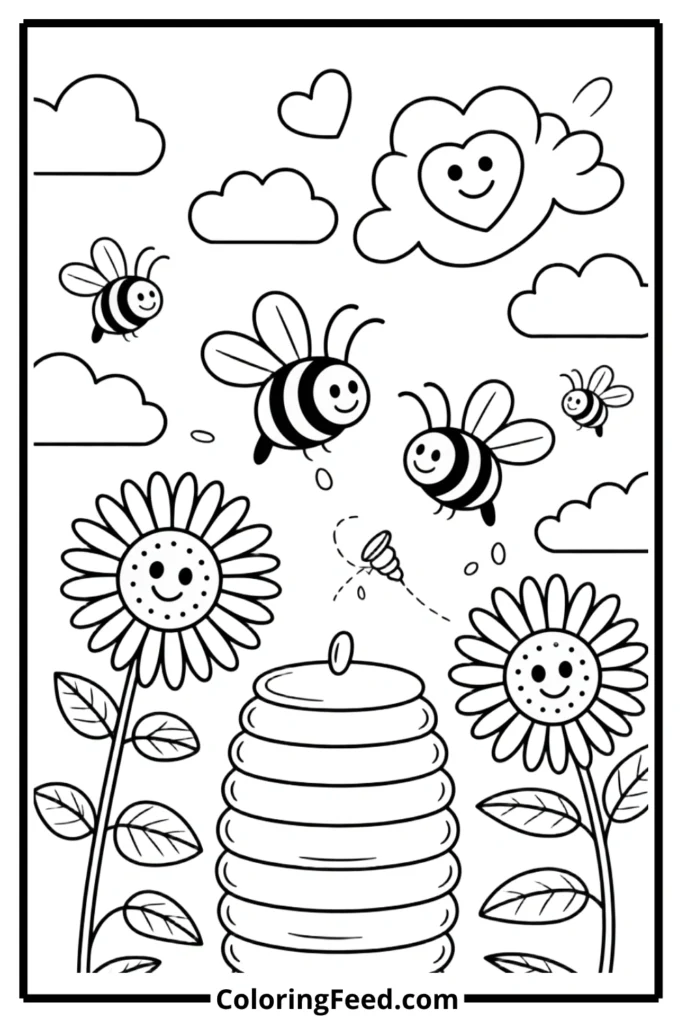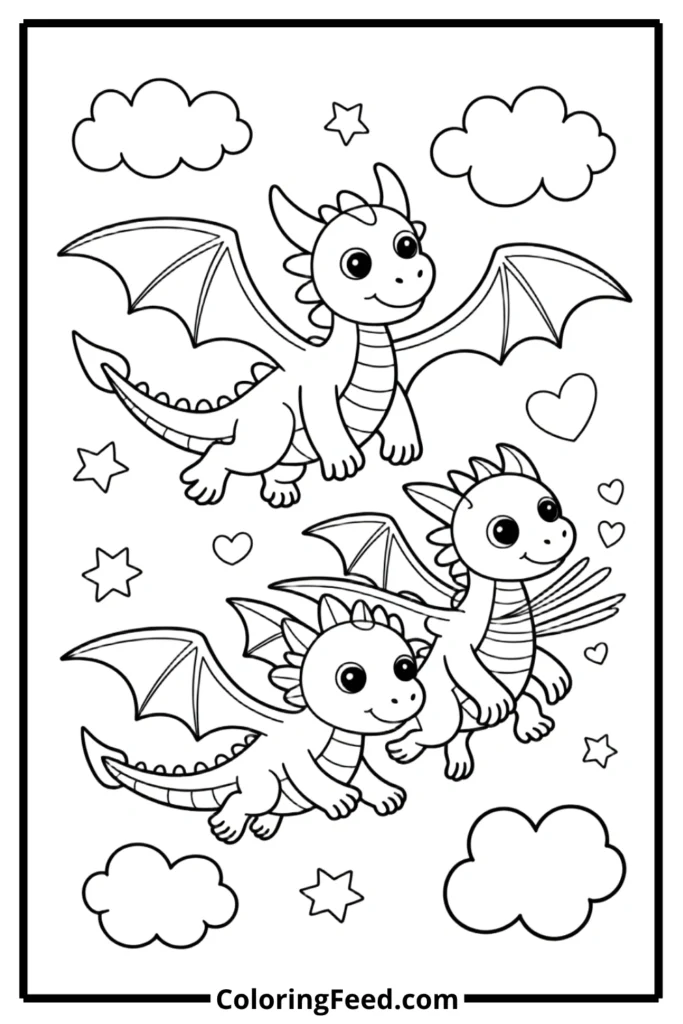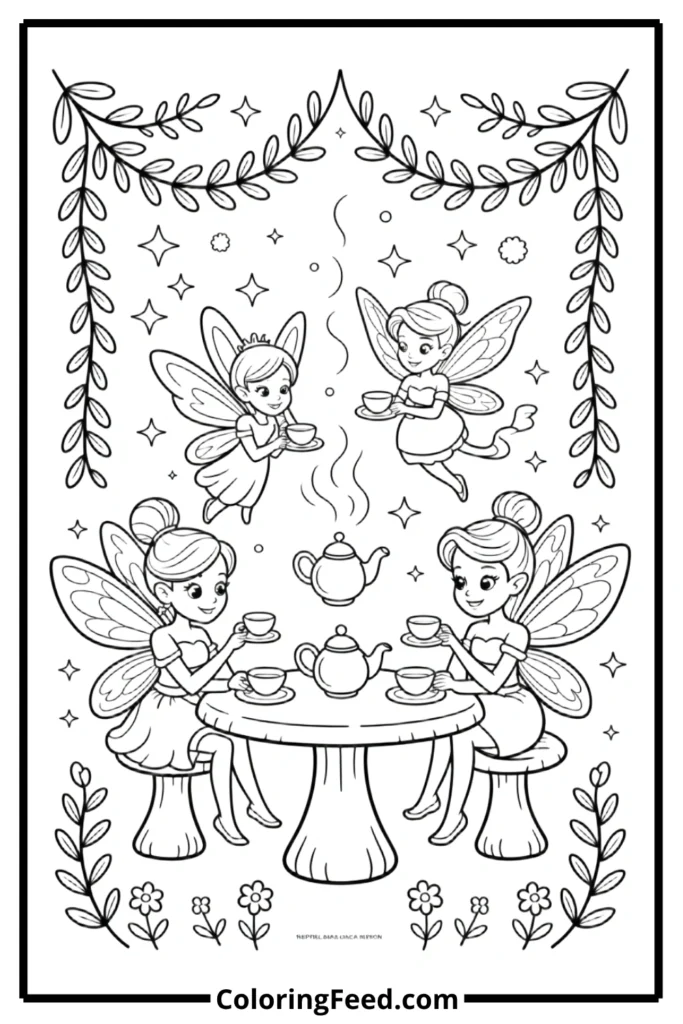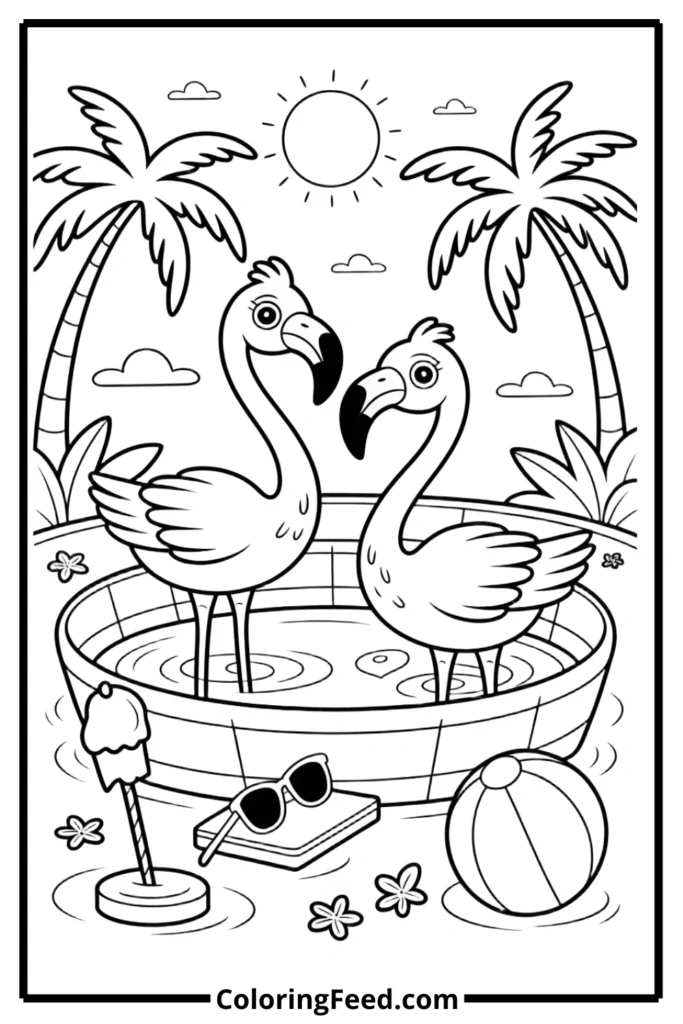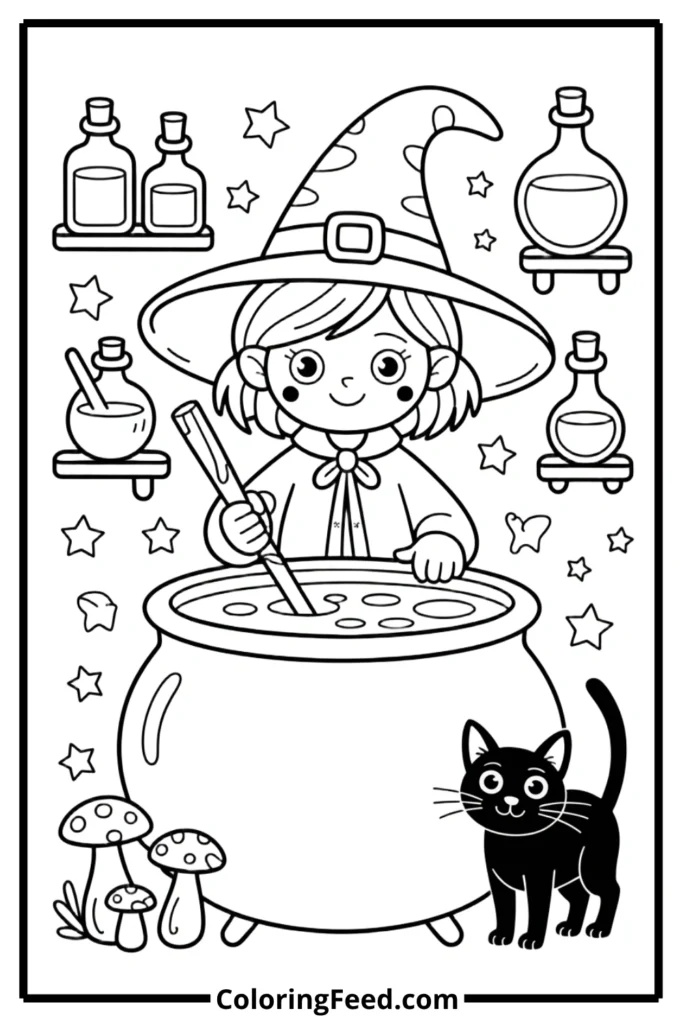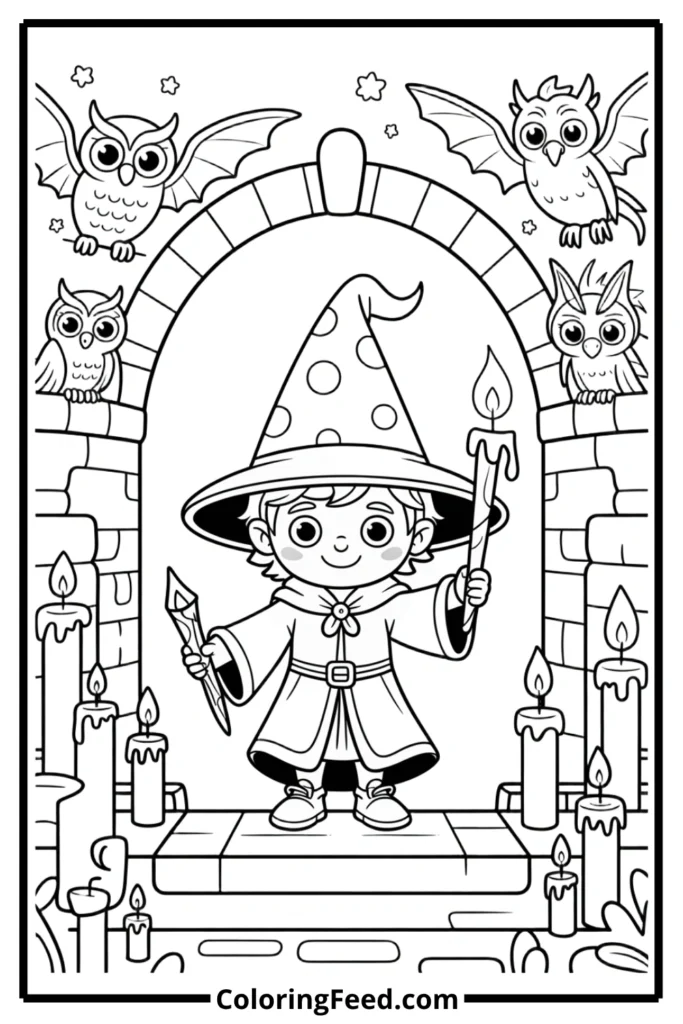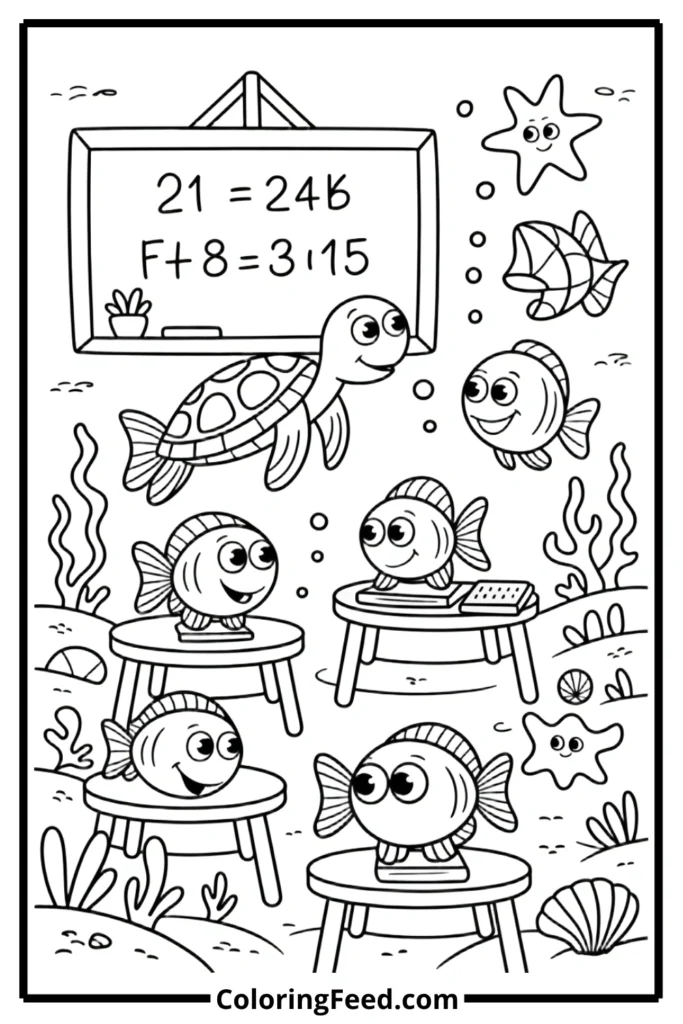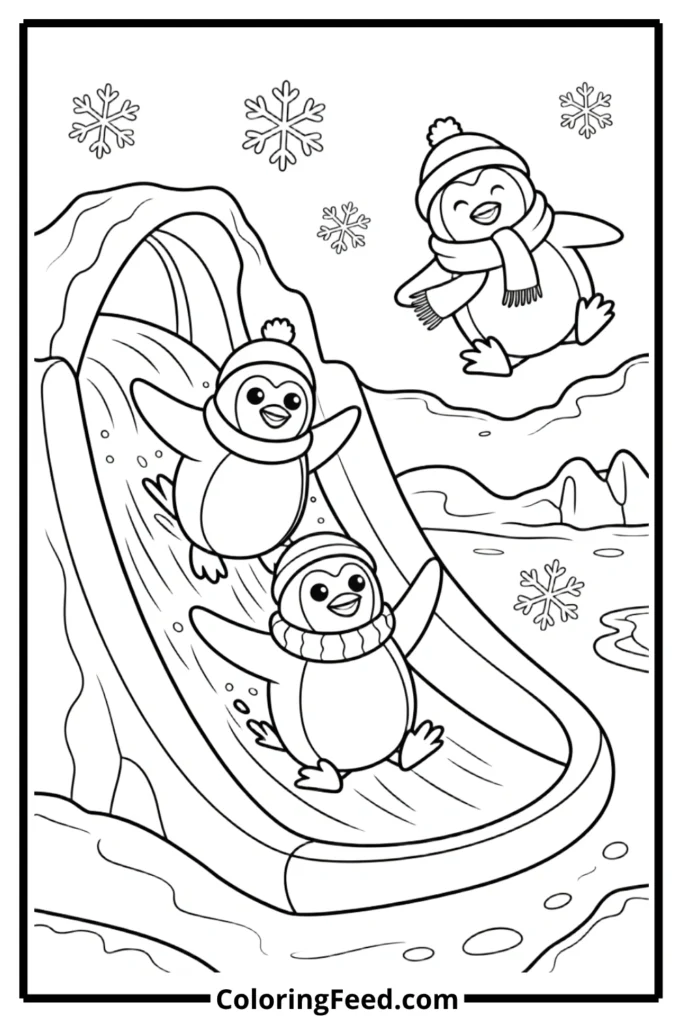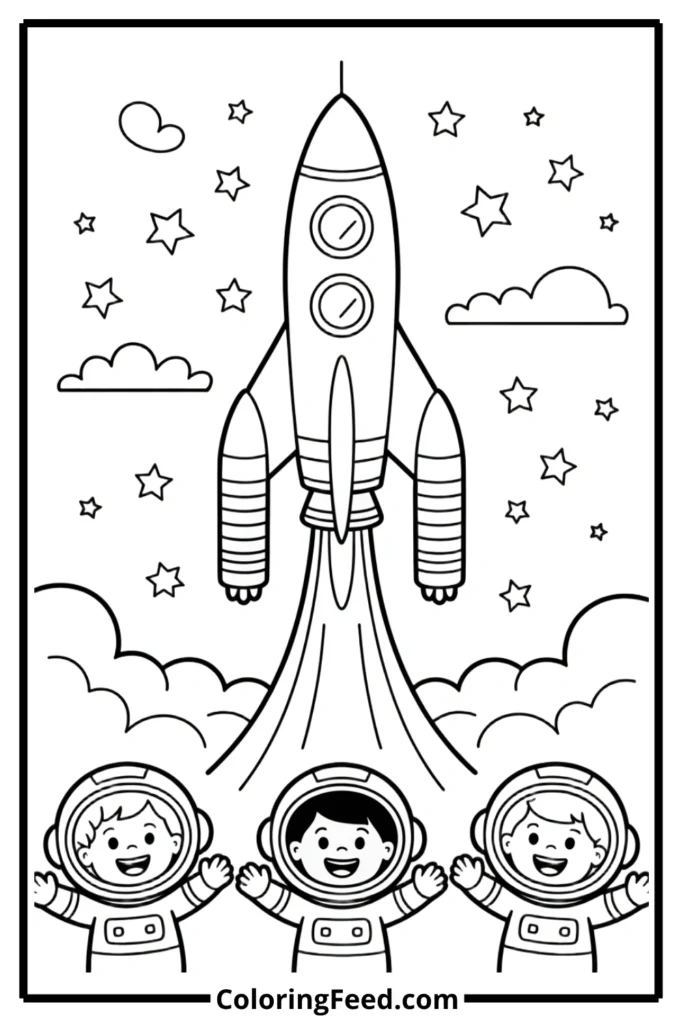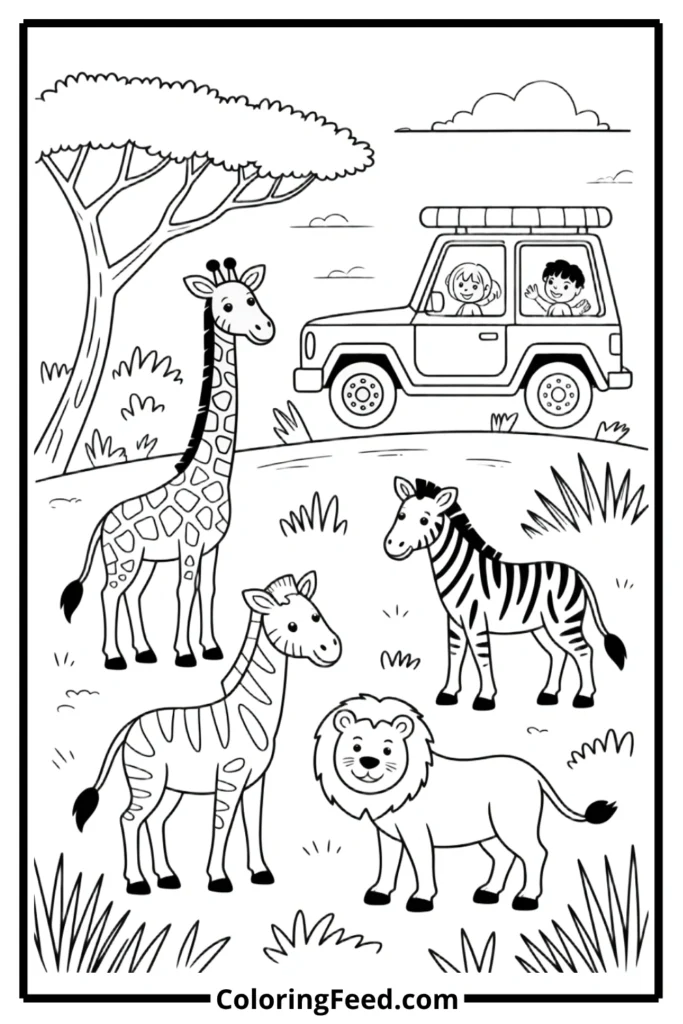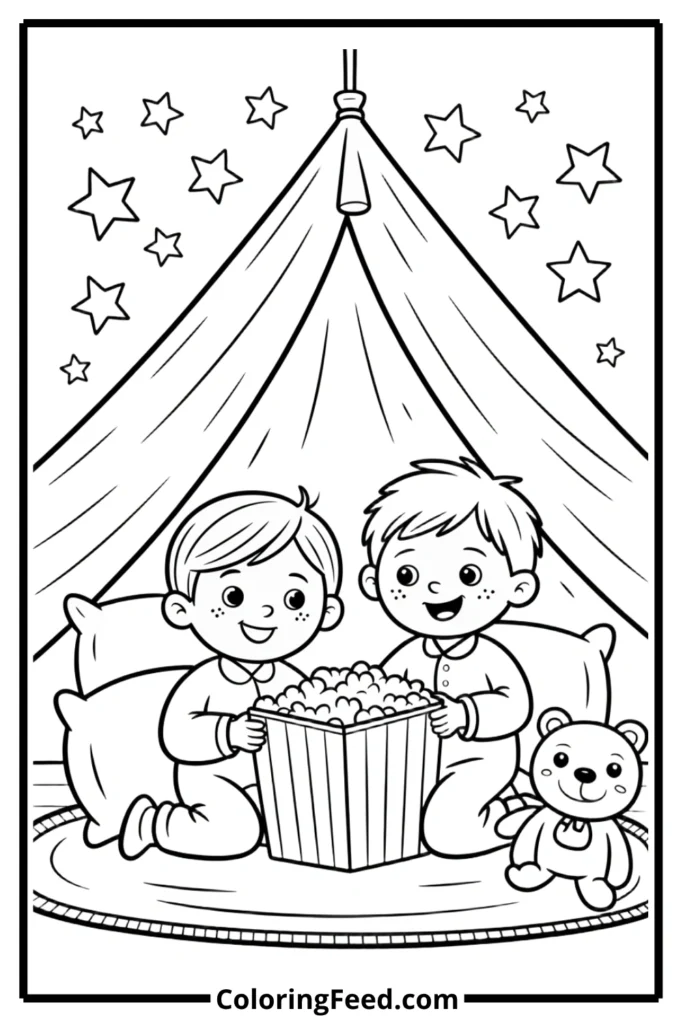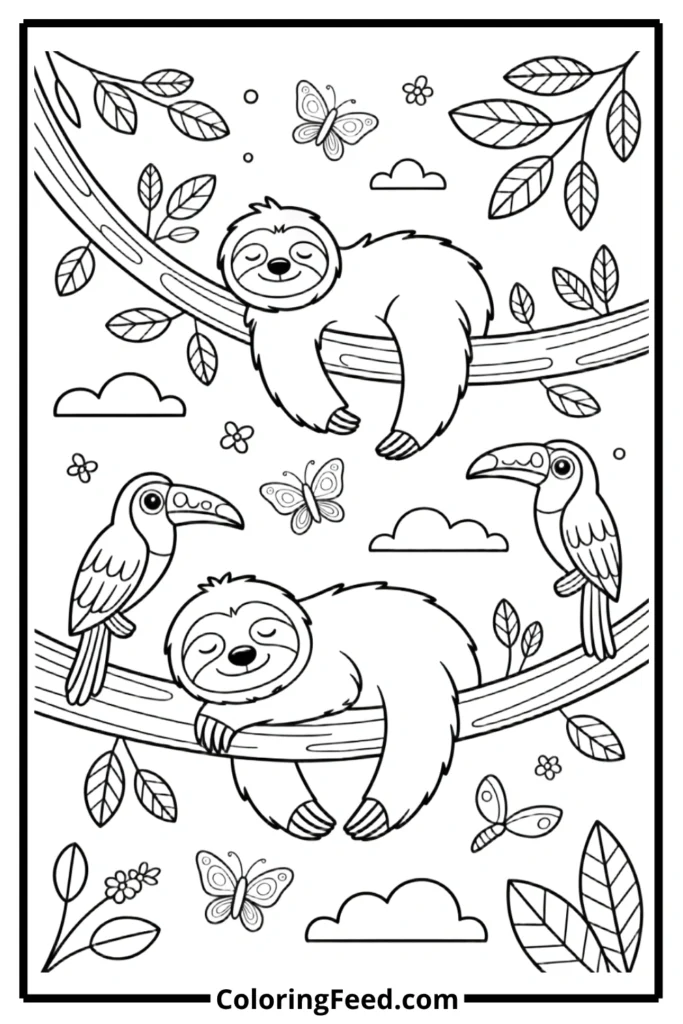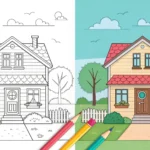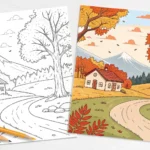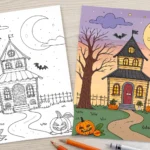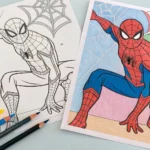We offer a wide collection of free, high-quality printable coloring pages for kids and adults. From cute animals to intricate mandalas, our designs bring creativity and relaxation to everyone. Download, print, and start coloring today!
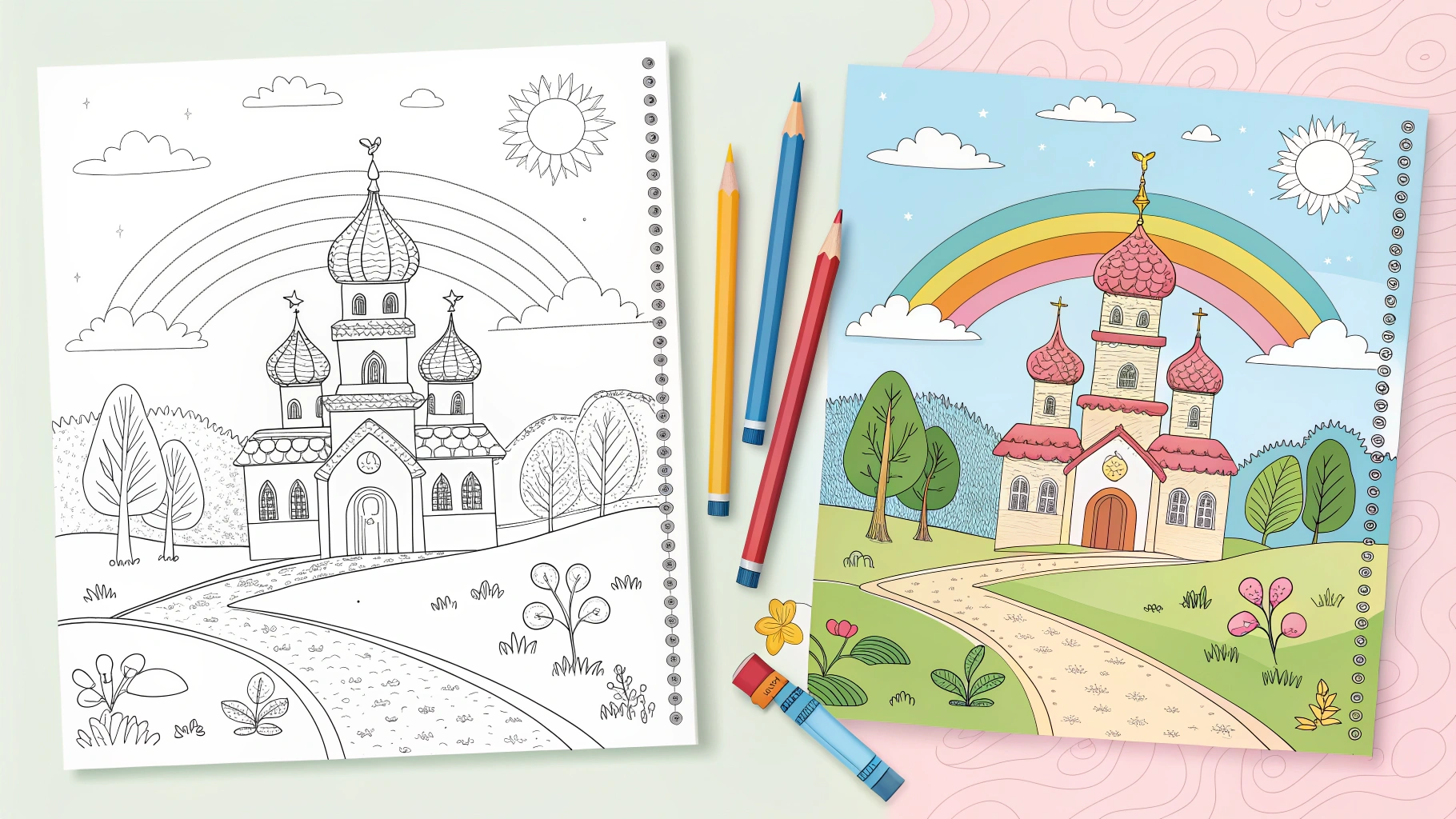
Coloring Pages for Kids – Spark Creativity and Learning Through Art
I still remember the first time my daughter picked up a crayon. She was barely two, gripping that chunky red stick like it held the secrets of the universe. Fast forward a few years, and our fridge has become a rotating art gallery of rainbows, wobbly animals, and what she insists are “definitely not scribbles, Mom.”
If you’re a parent or teacher, you know that coloring pages for kids aren’t just about keeping little hands busy (though let’s be honest, that’s a nice bonus). They’re powerful tools that shape young minds, build essential skills, and create those precious quiet moments we all treasure.
Today, I’m diving deep into why coloring pages for kids deserve a permanent spot in your child’s daily routine. We’ll explore the science-backed benefits, share practical tips, and help you discover the perfect themes that’ll have your kids reaching for their crayons again and again.
To use any of these free printables, simply click on any of the images to open the high-resolution PDF in a new tab. From there, you can download or print as much as you like—totally free!
Each coloring page is designed for standard US letter size but also prints beautifully on A4 paper. Enjoy!
Table of Contents
The Importance of Coloring in Childhood Development
Let me tell you something that changed my perspective completely. I used to think coloring was just a fun activity to kill time on rainy afternoons. Then I watched my son transform from a wiggly three-year-old who couldn’t sit still for two minutes into a focused little artist who’d spend twenty minutes perfecting his dinosaur masterpiece.
Why coloring is one of the best early learning tools
Coloring isn’t just child’s play—it’s brain work disguised as fun. When kids color, they’re actually engaging multiple areas of their brain simultaneously. They’re making decisions, practicing control, and expressing themselves creatively. It’s like a full workout for developing minds, except nobody’s complaining about it.
How it combines play, art, and education
Here’s what makes free coloring pages for kids so brilliant: they blend learning with play so seamlessly that children don’t even realize they’re building crucial skills. A simple alphabet page teaches letter recognition while developing hand-eye coordination. It’s multitasking at its finest.
The role of creativity in building confidence and focus
I’ve seen shy kids blossom when you compliment their color choices. There’s something magical about watching a child’s face light up when they realize their creative decisions matter. Coloring pages for kids give children a safe space to experiment, make choices, and see immediate results from their efforts.
Educational and Emotional Benefits of Coloring
Let’s get into the real meat of why coloring pages for kids deserve more credit than they get. These aren’t just feel-good benefits—they’re backed by child development research and countless success stories from parents and educators.
Improves Focus and Fine Motor Skills
You know that intense concentration kids get when they’re really into coloring? That’s executive function development in action. When little fingers grip crayons and carefully navigate around shapes, they’re strengthening the same muscles needed for writing, buttoning shirts, and using utensils.
I’ve watched my nephew go from death-gripping markers to developing a proper pencil grip, all thanks to regular coloring practice. Those small hand muscles need exercise, and printable coloring pages for kids provide the perfect training ground without feeling like work.
Boosts Color Recognition and Visual Perception
“What color should the sun be?” This simple question opens up a world of learning. Kids start recognizing colors, understanding color relationships, and developing their visual discrimination skills. They learn that grass is typically green, but maybe in their world, it’s purple—and that’s perfectly okay.
Visual perception goes beyond just identifying colors. Children learn to recognize shapes, patterns, and spatial relationships. They understand that a triangle can be a tree or a roof, and that circles can become wheels, flowers, or faces.
Encourages Patience, Calmness, and Self-Expression
In our fast-paced, screen-dominated world, coloring pages for kids offer something increasingly rare: slow, focused, calming activity. I’ve used them as a pre-bedtime routine, and the difference in my kids’ stress levels is remarkable.
Coloring also gives children a voice when words fail them. A child processing big emotions might choose dark, heavy colors or create chaotic patterns. That’s communication, and it’s valuable.
Builds Creativity and Imagination in Early Years
Who says elephants can’t be rainbow-striped? Give a child coloring pages for kids and watch their imagination run wild. While some kids love realistic coloring, others create fantastical color combinations that’d make Picasso proud. Both approaches nurture creativity in different ways.
Strengthens Memory and Concentration
Completing a coloring page requires sustained attention—something that’s become increasingly challenging in our age of constant digital stimulation. Kids need to remember which sections they’ve colored, what color scheme they’re following, and where they’re working next.
This extended focus time builds concentration muscles that serve children well in academic settings.
Popular Themes in Coloring Pages for Kids
Not all coloring pages for kids are created equal. The right theme can mean the difference between a page that gets tossed aside and one that becomes a treasured project.
Animals and Nature Scenes
From cuddly puppies to roaring lions, animal-themed pages are perennial favorites. There’s something universally appealing about coloring furry friends, scaly creatures, and feathered fliers. Nature scenes give kids a chance to explore the natural world from their kitchen table.
These pages also open doors to learning. Color that tiger while discussing where tigers live. Fill in that coral reef while talking about ocean conservation.
Fairy Tales and Fantasy Worlds
Castles, dragons, princesses, knights, unicorns, and mermaids—fantasy themes let kids’ imaginations soar. These coloring pages for kids often feature more complex designs, making them perfect for older children ready for a challenge.
My daughter’s favorite is anything with fairies and magical forests. She’ll spend ages creating elaborate color schemes, explaining which fairy has which powers based on their dress colors.
Vehicles – Cars, Trucks, and Airplanes
If your kid is vehicle-obsessed, transportation-themed coloring pages for kids are gold. Fire trucks, race cars, construction equipment, airplanes, boats—these pages appeal especially to hands-on learners who love how things move and work.
Alphabet and Numbers for Learning
Talk about sneaky learning! Letter and number coloring pages for kids make literacy and numeracy practice feel like playtime. An “A is for Apple” page teaches letter recognition, phonics, and vocabulary all at once.
I keep a stash of alphabet pages handy for those “I’m bored” moments. They’re educational enough that I feel good about screen-free time, and fun enough that my kids don’t realize they’re practicing their letters.
Cartoon and Movie Characters
Let’s be real—sometimes you need the big guns. When nothing else captures interest, favorite characters from beloved shows and movies save the day. Whether it’s superheroes, animated princesses, or the latest popular cartoon, these coloring pages for kids have built-in appeal.
Holidays and Seasonal Pages (Christmas, Halloween, Easter)
Holiday coloring pages for kids turn celebration prep into creative time. Christmas trees, Easter eggs, Halloween pumpkins, Valentine’s hearts—these seasonal pages help kids connect with traditions while creating personalized decorations.
We’ve started a tradition of coloring holiday placemats for family dinners. It makes the table festive and creates keepsakes we can look back on years later.
Coloring Tips for Kids
Want to maximize the benefits and enjoyment of coloring time? Here are strategies I’ve learned through trial, error, and plenty of wayward crayon marks on furniture.
Start with Simple Designs for Younger Children
Nothing kills a toddler’s coloring enthusiasm faster than a page that’s too complex. Large shapes with bold outlines work best for beginners. They provide enough structure to feel successful without overwhelming tiny hands still mastering motor control.
As skills improve, gradually introduce more detailed coloring pages for kids. It’s like leveling up in a video game—each success builds confidence for the next challenge.
Use Bright, Easy-to-Hold Coloring Tools
Invest in quality supplies sized for small hands. Chunky crayons, thick markers, and triangular-shaped colored pencils make gripping easier and reduce hand fatigue. Bright, vibrant colors keep kids engaged longer than pale, muddy hues.
Encourage Experimentation with Colors
There’s no coloring police coming to arrest kids for blue grass or purple suns. Encourage creative color choices! Ask questions like “What would happen if we made this tree pink?” or “I’ve never seen an orange cat—let’s try it!”
This experimentation builds decision-making skills and reinforces that there’s often no single “right” answer.
Teach Kids to Blend and Outline for Fun Effects
Once basic coloring skills are solid, introduce simple techniques that make artwork pop. Show them how to use darker colors around edges for outlining, or how to blend two colors together for gradient effects.
Display Artwork to Celebrate Effort and Creativity
Never underestimate the power of a refrigerator gallery or bedroom wall display. When kids see their work valued and displayed, they internalize that their creative efforts matter. It builds self-esteem and encourages continued artistic exploration.
Educational Role of Coloring Pages
Let’s talk about the serious learning happening while kids happily wield their crayons. Printable coloring pages for kids are stealthy educational tools, and teachers have known this secret for decades.
Helps children connect lessons with visual storytelling
Visual learners—which includes most young children—process information better when they can see it. Coloring pages for kids featuring farm animals reinforce vocabulary lessons about animal names and sounds. A page showing the lifecycle of a butterfly makes science concepts concrete and memorable.
Reinforces classroom concepts (letters, shapes, and animals)
Repetition is key to learning, but repetition doesn’t have to be boring. When kids color a page filled with circles, squares, and triangles, they’re reviewing geometry without worksheet drudgery. Alphabet coloring pages for kids make letter practice enjoyable rather than tedious.
Encourages creative problem-solving through color choices
Every coloring session involves dozens of small decisions. Which color comes next? Should this match or contrast? These micro-decisions build problem-solving skills in a low-stakes environment.
Kids learn that problems can have multiple correct solutions—there’s not just one way to color a butterfly.
Promotes self-esteem and confidence through artistic success
Finishing coloring pages for kids provides a concrete sense of accomplishment. Children can point to their completed work and say, “I did that!” In a world where so much of childhood learning involves intangible concepts, this tangible success is powerful.
Who Can Enjoy Coloring Pages for Kids?
The beauty of coloring pages for kids is their versatility across ages and settings. Let’s break down who benefits most and how.
Toddlers: exploring first shapes and color awareness
For the littlest artists (ages 2-3), coloring is about exploration and sensory experience. Large, simple shapes let them practice hand control while discovering that they can make marks on paper. At this stage, staying in lines doesn’t matter—building positive associations with creative activities does.
Preschoolers: improving coordination and attention span
Preschoolers (ages 3-5) start showing real interest in coloring “properly.” They develop preferences for certain colors and themes. Their improved fine motor skills mean better control, though precision is still developing.
This age group benefits enormously from free coloring pages for kids featuring their interests. A dinosaur-obsessed four-year-old will sit longer with dino pages than generic patterns.
School-Age Kids: expressing creativity and emotions
Elementary school children (ages 5-10) can handle complex designs and often develop distinct artistic styles. Some become perfectionists, carefully selecting colors and working methodically. Others work quickly, prioritizing coverage over precision.
This age group uses coloring pages for kids for emotional regulation, creative expression, and sometimes social bonding.
Parents & Teachers: encouraging learning through play
Adults benefit too! Parents find coloring a wonderful way to spend quality, screen-free time with children. It’s an activity you can do side-by-side, chatting about the day while creating together.
Teachers use coloring pages for kids strategically—as early finisher activities, calm-down tools, or integrated into lesson plans.
FAQs – Coloring Pages for Kids
Let’s tackle the questions I hear most often from parents and educators exploring coloring activities.
What age is best to start coloring?
You can introduce coloring pages for kids as early as 18 months, though expectations should be age-appropriate. Toddlers need large crayons and simple activities focused on making marks rather than precision. Most kids show real interest in coloring between ages 2-3.
The key is meeting them where they are developmentally. Don’t worry about lines and neatness until at least age 4-5.
How can coloring support learning and creativity?
Coloring pages for kids support learning through multiple pathways. They develop fine motor skills essential for writing, build focus and concentration, teach color recognition and visual discrimination, and provide opportunities for decision-making and creative expression.
The creativity piece is crucial. When children have autonomy in their color choices and approaches, they learn to trust their creative instincts.
What are the most popular coloring themes for kids?
Animals remain the undisputed champion of coloring pages for kids themes, followed closely by vehicles and favorite characters from media. Nature scenes, fantasy elements (unicorns, dragons, fairies), and holiday-specific pages also rank highly.
The “most popular” theme, though, is whatever captures your individual child’s imagination.
Are coloring pages suitable for both boys and girls?
Absolutely! While marketing often pushes pink princesses toward girls and blue vehicles toward boys, children’s actual interests are far more diverse. I’ve known princess-loving boys and truck-obsessed girls, and everything in between.
Offer variety and let kids choose what appeals to them. Avoid gendering activities—art belongs to everyone.
How can parents make coloring more educational?
Turn coloring time into conversation time. Ask open-ended questions about color choices, storytelling prompts about the scene, or factual questions related to the subject.
Choose themed printable coloring pages for kids that align with current learning goals. Studying the ocean? Print sea creature pages. Learning about community? Color pages featuring various jobs.
Conclusion
Here’s what I’ve learned through years of crayons, markers, and colored pencils scattered across my kitchen table: coloring pages for kids are so much more than time-fillers. They’re gateways to creativity, learning tools disguised as fun, and bridges between play and education.
When kids work on coloring pages for kids, they’re building essential skills that’ll serve them throughout life. They’re learning to focus, make decisions, express themselves, and persevere through challenges. They’re discovering that their creative choices matter and that finishing something you started feels amazing.
So grab those free coloring pages for kids, stock up on coloring supplies, and set aside regular creative time. Whether it’s ten minutes before dinner or a leisurely Sunday afternoon session, those colored masterpieces represent real developmental work.
And here’s my final piece of advice: join them sometimes. Sit down and color your own page. You’ll be amazed at how relaxing it is, and your kids will love creating alongside you.
Now if you’ll excuse me, I have a refrigerator gallery to update and a dragon that desperately needs to be rainbow-striped. Happy coloring!

